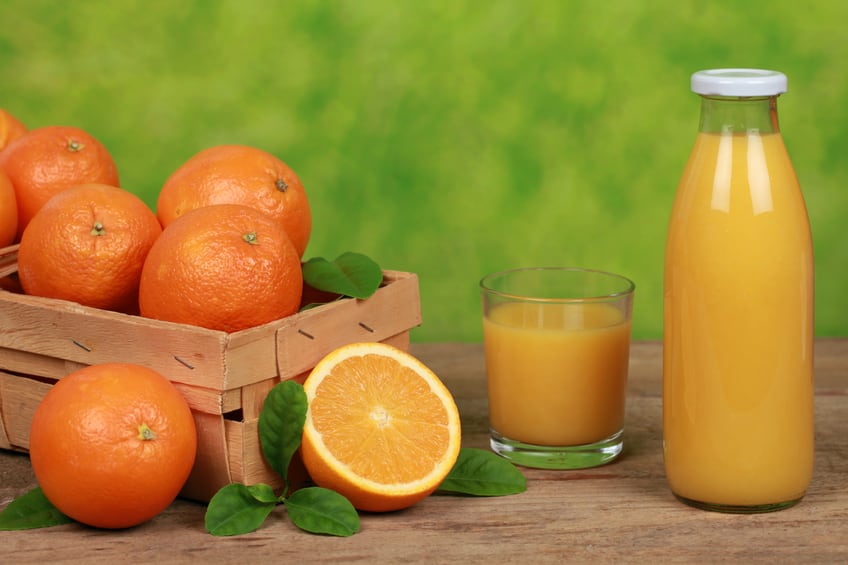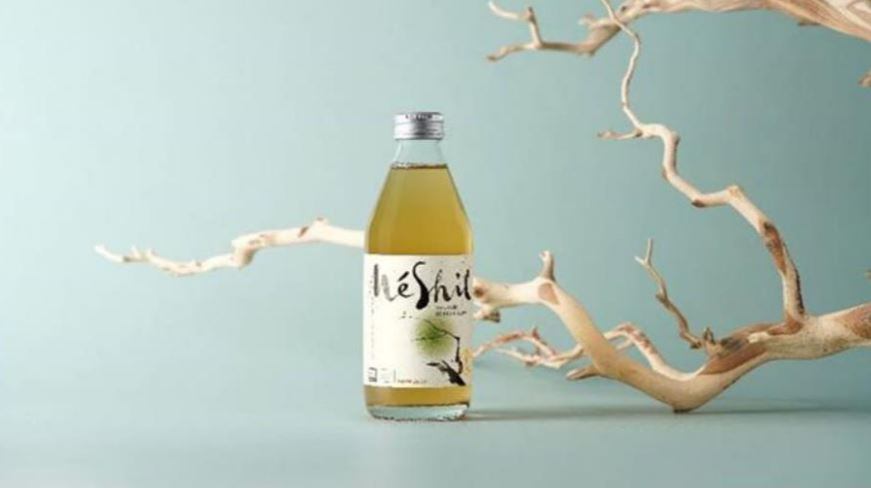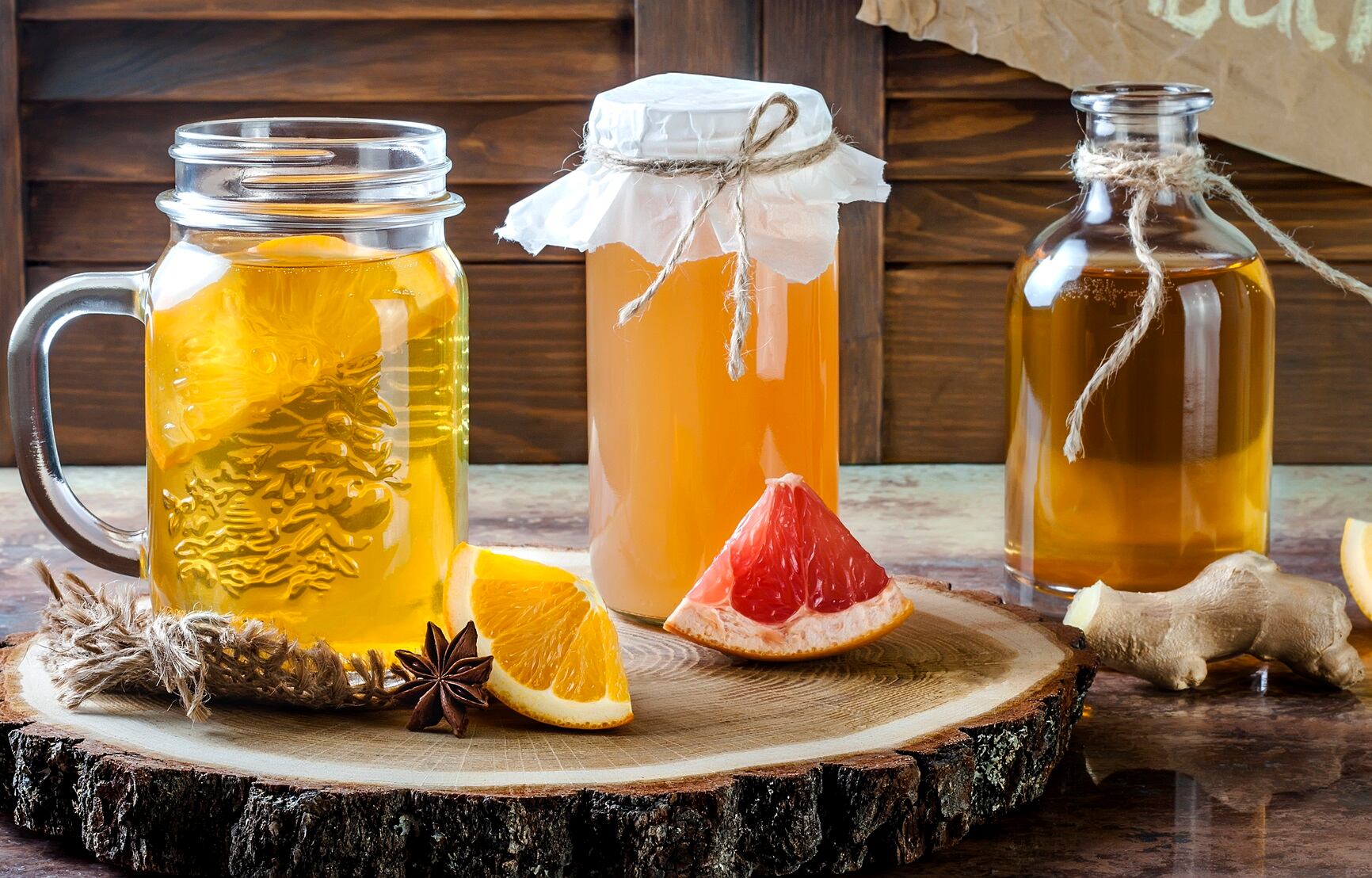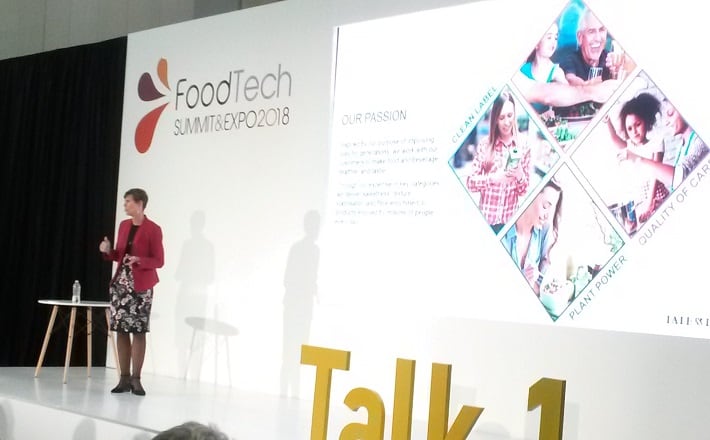The health halo enjoyed by fruit juice has slipped somewhat, with concern over sugar consumption raising questions over how healthy fruit juices really are.
The big problem with drinking juice, versus eating a piece of fruit, is that the juicing process releases the sugars and removes the insoluble fibres in fruit. Fruit juices on average contain 10-12% sugar and no dietary fibres.
Most of the sugar in fruit is fructose, which can only be processed by the liver. When consumed alongside the fibre contained in an apple – for instance – the fibre slows the absorption of the fructose and has satiating properties.
In the UK, government health body Public Health England now advises people to limit juice consumption to a single 150ml glass of juice, which can be counted as just one of your five-a-day.
However, take away the fibre and the health implications of juice consumption become more problematic. Like all sugary drinks, the fructose in juice is absorbed immediately and evidence suggests that fructose in liquid from can contribute to health problems such as obesity or type 2 diabetes. And like any high sugar drink, juice consumption is linked to tooth decay.
What if a process could reduce the sugar content of juice, while increasing the amount of fibre – all with minimal impact on taste? Food tech start-up Better Juice has developed just that.
“We developed a continuous flow sugar reduction process to reduce the simple sugars in an orange juice. It converts sugar to fibres and other non-digestable natural sugars to make juice healthier,” Better Juice founder and CEO Dr Eran Blachinsky told FoodNavigator.
“The sweetness is moderately reduced but all the other taste components are not changed,” he revealed. In trials, Better Juice has successfully cut the sugar content of juice by 30% while achieving a level of sweetness “preferred” by a tasting panel.
A gap in the market
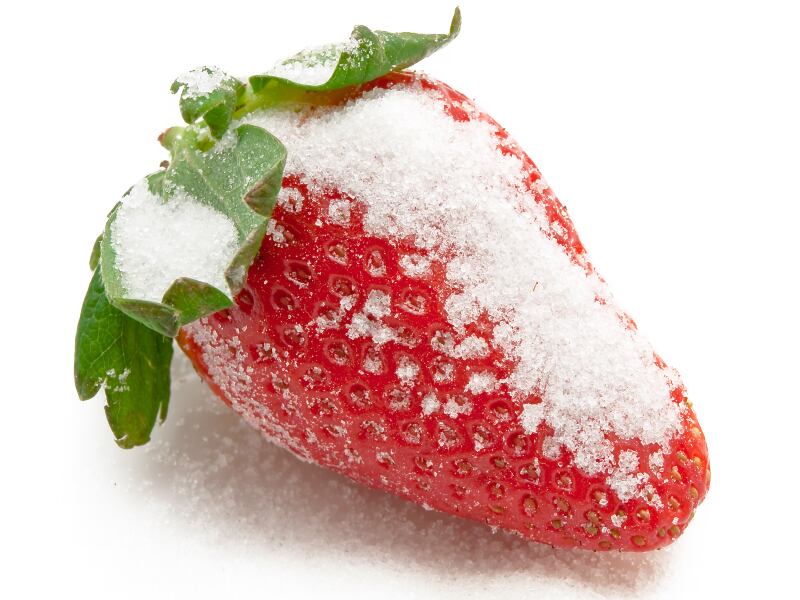
Dr Blachinsky believes that Better Juice’s technical development can help address the major challenge that obesity and other NCDs present to the food and beverage industry. “Sugar is known as the white killer,” he stressed.
Pointing to the introduction of sugar taxes by various countries, including the UK and Mexico, he noted that sugar reduction is a “major global concern that encompasses the entire food industry”, across all categories.
While beverage manufacturers have moved to introduce sugar-free options in “synthetic beverages” such as colas, less progress has been made in juice.
Better Juice’s technology therefore fills an important gap in the market: “There is no orange juice zero or even sugar reduced juice, as no one has found a solution that will reduce the sugars and maintain the overall taste, texture, and costs of the juice.
“This also has knock on effects to other products such as jam and ice cream that contain juice as raw material with no solution do reduce the sugar that naturally resides in the juice. Better juice can give the industry a new solution to produce healthier products.”
How does it work?
Dr Blachinsky, who has worked at both fruit processing and chemicals companies, first started to look at reducing sugar in juice in 2017 after reading an article on the topic written by Dr Roni Shapira of Hebrew University.
“I thought that idea was good but needed an improvement,” Dr Blachinsky recalled. “I approached Roni with the new idea and together we developed the Better-Juice process.”
Better Juice uses non-GMO microorganism activity and a continuous protocol to convert sugars into fibres. “The microorganism has enzymes with unique sugar bioconversion activities. Each enzyme converts different sugars to a non-digestive form like dietary fibers,” Dr Blachinsky explained.
The process uses dead microorganisms instead of live ones: “With immobilized dead microorganisms we can keep the enzymatic activity without the secondary metabolite produced by fermentation.”
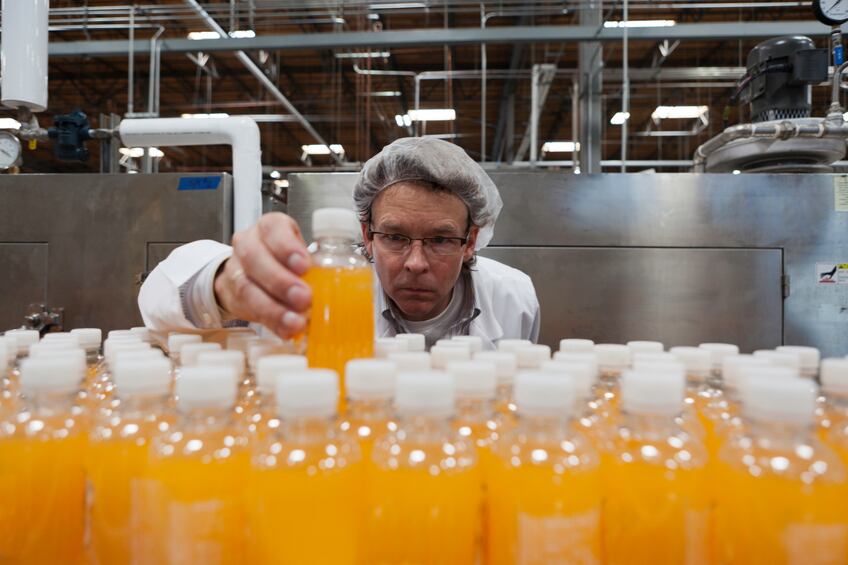
And when the juice comes out the other side, it is 100% juice – just with less sugar. “By using bioconversion enzymatic activity the process does not add nor remove anything from the juice therefore leaving the solids (Brix) of the juice as non-treated juice, maintaining the texture and flavor keeping all the inherent vitamins of the juice intact.”
Importantly, the process does not add a significant layer of additional cost for juice makers, Dr Blachinsky emphasized.
Next step: scale-up
Better Juice wants to operate in the B2B space, selling its technology to juice makers. The process is patent-pending and Better Juice applied for an international PCT patent last year.
Currently, the start-up is looking for partners to help it build scale, Dr Blachinsky revealed.
“We are looking for partners to join and help us scale up our process from lab to industrial scale.”
Ultimately, Dr Blachinsky believes Better Juice’s solution has the potential to enable juice makers to open up a 'blue ocean' market by simultaneously pursuing differentiation and low cost.
“My dream is that the new process will open a new blue ocean market of sugar reduced juice. This will give diabetics and obese people on one hand and children on the other a good alternative to drink natural juice with all its advantages without the disadvantage of sugar.”

